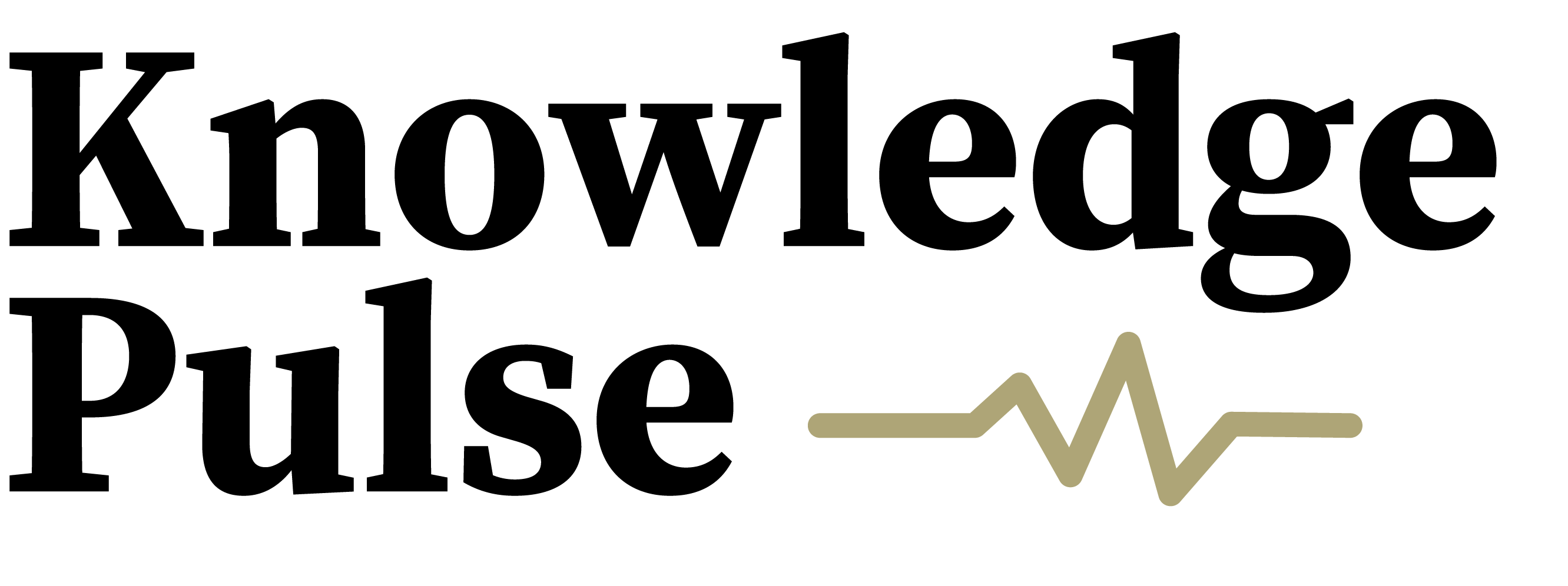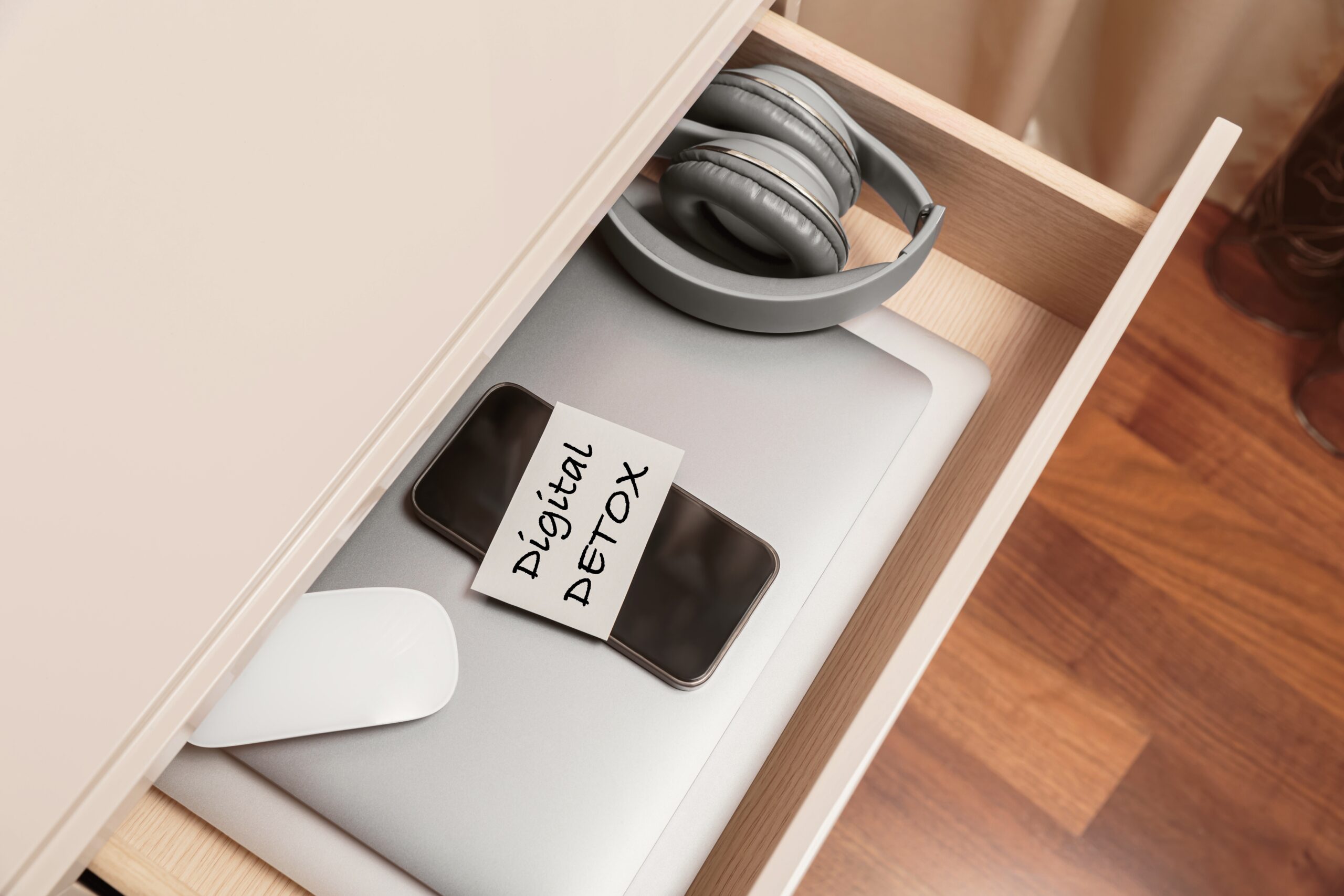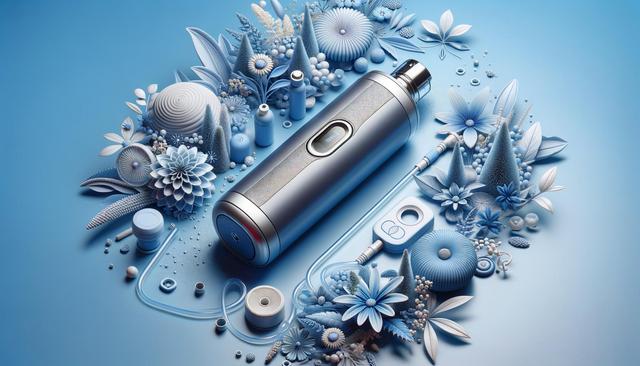Understanding the Role of Portable Oxygen Concentrators
For individuals managing chronic respiratory conditions such as COPD, having consistent access to supplemental oxygen is essential. A portable oxygen concentrator (POC) allows users to maintain mobility while receiving the oxygen support they need. The medical community increasingly recommends these devices for their ability to improve both quality of life and independence. The smallest portable oxygen concentrator models are designed with modern convenience in mind, offering advanced features in a compact form. These devices can be used at home, during errands, or even while traveling, making them a versatile option for oxygen therapy.
Unlike traditional oxygen tanks, which can be bulky and require regular refills, portable oxygen concentrators operate by filtering and concentrating oxygen from the surrounding air. Users benefit from continuous or pulse dose delivery settings, depending on their prescription. Thanks to their size and efficiency, small concentrators are especially valued by active individuals who want to maintain a mobile lifestyle without compromising their health.
Features That Define the Smallest Portable Oxygen Concentrators
When evaluating a travel oxygen concentrator, several characteristics distinguish the most compact and efficient models. Devices like the Inogen One G5 are well-known in the market for balancing power with portability. While the dimensions and weight differ slightly across models, the smallest options typically weigh under five pounds and can easily fit into a shoulder bag or backpack.
Key features to consider include:
- Battery life – Many units offer up to 13 hours on a single charge, with options for extended batteries.
- Noise level – Quiet operation is crucial for discretion in public settings or while sleeping.
- Ease of use – Simple control panels and display screens make operation straightforward, even for first-time users.
- FAA approval – For those planning to fly, an FAA-approved POC is necessary for air travel.
These features allow users to move freely without being tethered to stationary oxygen sources, making small units particularly appealing for travelers and active individuals alike.
Comparing Portable Oxygen Concentrator Prices
Portable oxygen concentrator prices vary significantly based on brand, features, and included accessories. The smallest portable oxygen concentrator models tend to be on the higher end of the price spectrum due to their compact design and advanced technology. Factors influencing cost include battery capacity, oxygen output, durability, and warranty coverage.
When comparing models, it’s useful to consider what’s included in the total price. Common accessories, such as spare batteries, carry cases, AC/DC power cords, and extended warranties, can add considerable value. Buyers should also investigate whether their insurance or Medicare plan offers any coverage for oxygen therapy devices, though coverage differs depending on the policy and medical necessity.
While affordability is a major concern, it’s equally important to balance cost with functionality. Investing in a high-quality unit with long-term reliability may reduce the need for maintenance or replacement over time, which can lead to savings in the long run.
Finding a Mobile Oxygen Concentrator for Sale
With growing demand, it’s now easier than ever to find a mobile oxygen concentrator for sale through authorized dealers, medical equipment suppliers, and online retailers. Shoppers should ensure they are purchasing from a reputable source to avoid counterfeit or refurbished products without proper certification. It’s advisable to verify that the unit is new, includes manufacturer support, and comes with a comprehensive user manual.
Some tips for purchasing a POC include:
- Research customer reviews to gauge reliability and user satisfaction.
- Check for trial periods or return policies in case the unit doesn’t meet your expectations.
- Confirm the availability of replacement parts and service centers.
Many suppliers also offer rental options, which can be ideal for short-term use or for trying out a device before making a full investment. This flexibility is particularly helpful for those who need a travel oxygen concentrator for a specific trip or seasonal activity.
Choosing the Right Oxygen Concentrator for COPD
For individuals living with COPD, finding the right oxygen concentrator is critical to daily health management. The best portable oxygen concentrator for COPD should offer reliable oxygen delivery, user-friendly controls, and enough battery life to support daily routines. The Inogen One G5, for instance, is frequently mentioned among healthcare professionals as a strong option due to its performance and portability.
Key considerations for COPD users include:
- Oxygen flow settings – It’s important that the device meets the prescribed oxygen level.
- Portability – Lightweight units reduce strain and make it easier to remain active.
- Durability – A solid build ensures the unit can handle daily use and travel.
Healthcare providers can help users determine which features are most important based on their specific condition and lifestyle. Whether for full-time use or occasional outings, selecting the right unit can make a considerable difference in comfort, confidence, and freedom.








